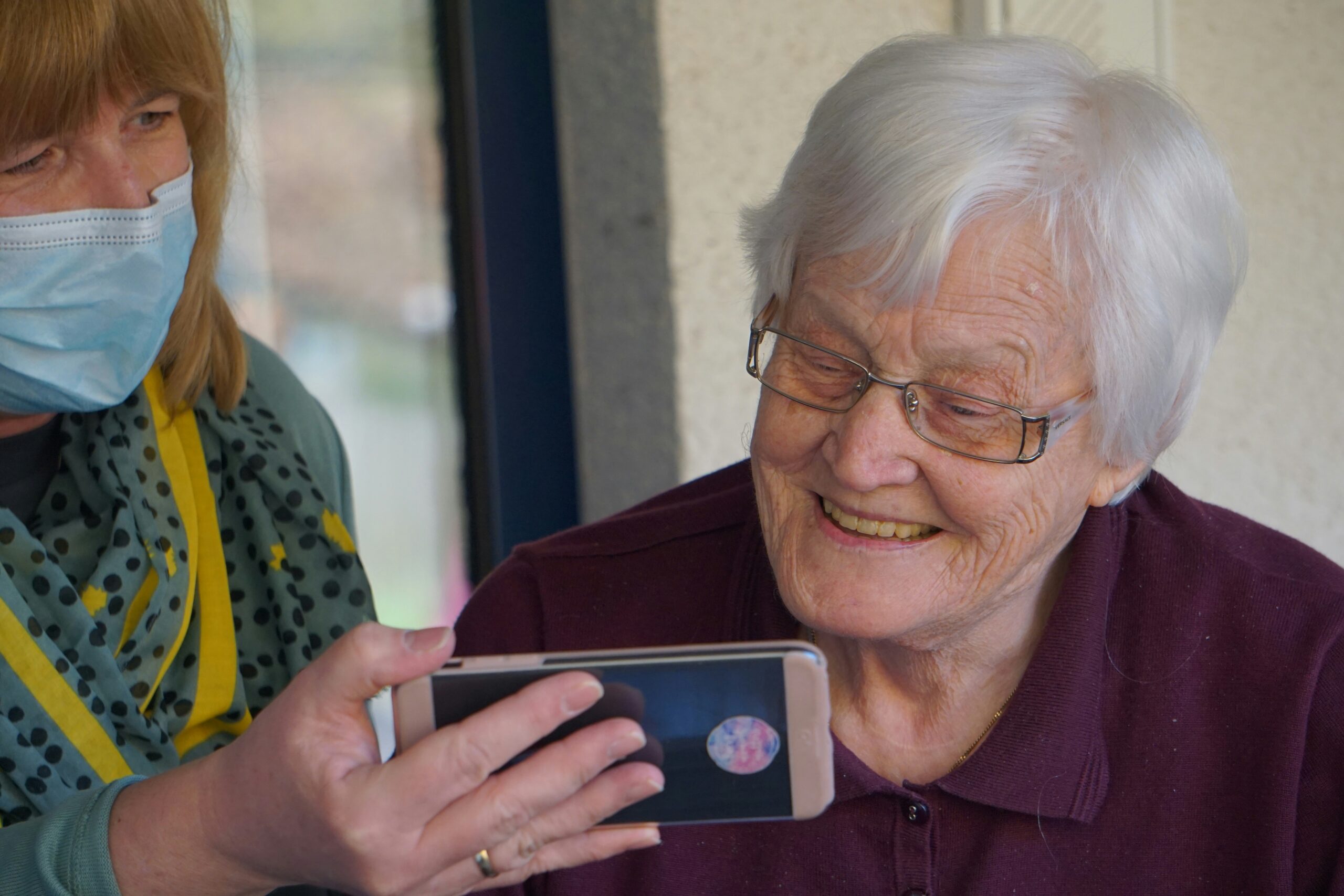
Nursing Homes in the Philippines? A Look at Options and Costs
The Philippines is a favorite spot for retirees — beautiful beaches, warm weather, friendly people, and a much lower cost of living. But as we get older, comfort alone isn’t enough. At some point, you or a loved one might need daily care. That’s when nursing homes in the Philippines become part of the conversation.
This guide helps you understand your options, the costs, and what to watch out for before making a decision.
Should You Choose Independent Living or a Nursing Home?
If you’re healthy and can manage everyday tasks, you might not need a nursing home at all. That’s where independent living comes in.
Independent Living in the Philippines
This option is perfect for seniors who want freedom but also want some help nearby. You get:
-
A secure place to live in a retirement village or condo
-
Services like cleaning, laundry, or meals (for an extra fee)
-
Social events to keep you active and connected
You still live on your own and don’t need daily medical help. These places are usually more affordable than full-time nursing care.
When a Nursing Home Makes Sense
If someone needs help getting dressed, eating, or managing medications, a nursing home is a better fit. These homes provide:
-
24/7 medical support
-
Nurses, caregivers, and therapists on-site
-
Meals, laundry, and transportation services
Nursing homes are more expensive than independent living, but they provide the level of care some seniors truly need.
How Much Do Nursing Homes Cost in the Philippines?
If you’re comparing costs between the Philippines and the US, the difference is huge.
Nursing Homes in the US
In 2023, the average cost of a private room in a US nursing home was over $9,700 per month. That’s about ₱490,000 — nearly half a million pesos.
Nursing Homes in the Philippines
You can expect to pay between ₱35,000 and ₱120,000 per month. That’s about $680 to $2,350, depending on the facility, location, and level of care.
It’s a big range, so research is important. Government-run facilities may be cheaper, but often have waiting lists or limited space.
Not Just the Price — What About the Quality?
Saving money matters, but not at the cost of poor care. When looking at nursing homes in the Philippines, quality should come first.
Know the Rules and Standards
Unlike the US, where regulations are strict and standardized, the Philippines has more variation. Some homes are well-run, others are not. Always ask:
-
Is the home licensed by the Department of Health?
-
Are there reviews or feedback from other families?
Ask About Staff and Support
Good care starts with good people. Check the staff-to-patient ratio. Make sure trained nurses are on duty, not just aides. Ask how emergencies are handled and whether doctors visit regularly.
How to Choose the Right Place for You or a Loved One
This is a big decision, so take your time. A few tips to make the process easier:
Visit in Person
If possible, tour a few homes before choosing. Look at cleanliness, talk to staff, and see how the residents are treated.
Make a List of Needs
Does your loved one need dementia care? Can they walk on their own? Do they need help with meals or medication? Match their needs with what the facility offers.
Think About Location
Having family nearby can make a big difference. If your relatives are in the Philippines, staying local might help with visits, support, and peace of mind.
Nursing Homes in the Philippines Can Work — If You Plan Right
Nursing homes in the Philippines offer a real solution for expats and locals who need long-term care — often at a fraction of the cost in the US. But quality can vary, so do your homework.
Whether you’re planning for your own future or helping a family member, take time to explore your options. Ask questions, compare prices, and don’t rush the process. The right care can make all the difference in someone’s comfort and happiness.
Selecting the Right Nursing Home in the Philippines
Choosing the right nursing home is a big step — and it’s not just about cost. You want a place that feels safe, comfortable, and respectful. Whether you’re planning for a loved one or your own care in the future, the goal is simple: find a home that supports health, dignity, and peace of mind.
This guide breaks down everything you need to consider when selecting the right nursing home in the Philippines, from daily care to cultural comfort. Let’s walk through it.
Start With a Visit — What You See Matters
Don’t rely on pictures or websites. Visit each facility in person if you can. It gives you a feel for the environment, the mood of the staff, and how residents are treated.
When visiting, look for:
-
Cleanliness and organization
-
Friendly staff who speak respectfully to residents
-
How the residents look — do they seem clean, well-fed, and comfortable?
No checklist can beat gut feeling. If something seems off, trust that instinct.
Ask the Right Questions Before You Commit
Not all nursing homes are the same. Some offer basic care while others provide full medical support. Here are the topics to cover:
Medical Care
-
Are doctors or registered nurses available?
-
What’s the nurse-to-patient ratio?
-
Do they have experience with dementia or post-surgery care?
Daily Living Help
-
Do they assist with bathing, dressing, and eating?
-
How often are needs re-evaluated?
Meals
-
Can they adjust for dietary needs or food allergies?
-
Do they offer any international or cultural dishes?
Social Life
-
What activities are offered to keep residents mentally and physically active?
-
Is there a sense of community or shared events?
Safety
-
Is there 24/7 security and a backup power supply?
-
What’s their emergency plan?
Ask these in person and take notes. You’ll want to compare later.
Beyond Cost: What Makes a Facility Worth It?
Yes, cost matters — but so does value. A cheap place that lacks care or respect is no deal at all.
Staffing and Training
Check that caregivers are trained and licensed. A low staff-to-patient ratio is a red flag.
Communication
How will they keep you updated? Look for places that offer regular reports or easy communication by phone or online.
Reviews
Check Google or Facebook for honest feedback. Other families can reveal what daily life is really like inside.
Expect Some Challenges Along the Way
Even if you find a great home, a few bumps may come up. Here are a few to expect — and how to handle them:
Waiting Lists
Popular places fill up fast. Start your search early and have a second choice ready.
Distance from Family
If the facility is far from loved ones, make a plan for visits or video calls. Regular contact is key to emotional health.
Cultural Fit
If your loved one has specific food preferences or habits, talk to the staff. Ask how flexible they are with meals and routines.
Where to Start Looking in the Philippines
Let’s talk options. There are many nursing homes and retirement communities in the country. Here are a few examples and tips to guide your search.
Independent Living
These places are ideal for seniors who are still mobile and independent but want some help or community nearby. Locations like Valencia City in Bukidnon have communities with:
-
Gated security
-
On-site dining and cleaning
-
Planned activities and social events
Prices depend on unit type and location, but they’re usually more affordable than full nursing homes.
Nursing Homes
If your loved one needs more hands-on care, here are a couple of options:
God’s Grace Home Care Center
Located in Metro Manila. Private rooms cost around ₱60,000 per month. Visit godsgracehomecare.com for the latest info.
Outside Metro Manila
You might find lower prices in areas like Leyte or Northern Mindanao. Use search terms like “nursing home Leyte Philippines” and always read reviews or request a virtual tour.
Other Helpful Places to Look
Philippine Retirement Authority
Visit pra.gov.ph for a list of approved retirement homes and tips for expats retiring in the Philippines.
Facebook Groups
Join groups for expat retirees or elder care in the Philippines. Members often share real experiences and updated contact info for facilities they’ve used.
Make the Final Decision With Confidence
Once you’ve visited the homes, asked your questions, and compared options, take a moment to step back. What fits best with your loved one’s needs — and what feels right?
Involve Them
If your loved one is mentally capable, include them in the decision. Ask what matters most to them and listen.
Revisit as Needed
Care needs can change. Keep an eye on how things are going, and don’t hesitate to switch homes if care declines or needs shift.

















